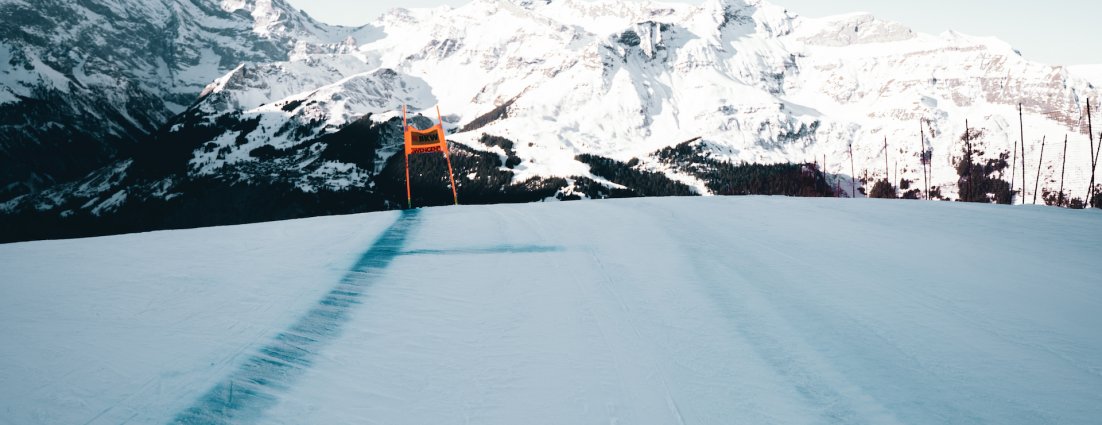Nine Steps For Late-Season Success
02.14.2020 | Graham Lonetto

As we dive into March, most athletes have had many days training and racing on their equipment. Daily equipment use on firm or hard snow conditions is very demanding and can lead to several equipment problems…
When your season started you had your skis properly tuned and your boots were professionally fit. When your boots and skis are dialed in, the skis turn with ease and feel powerful on edge. But, as time passes the skis start to break down, the base bevel begins to move and if you’re not careful to check, boot buckles, hinge points and lifters become worn or loose as well.
These issues do not happen overnight- as your equipment breaks in, an athlete experiences a slow deterioration of overall performance and edge control. As time passes, your coach may see the need to add canting strips (duct tape) to the AFD (anti-friction plate) on the binding to compensate for increased base bevel or loosened hinge points on the boot.
At this point of the season it is important to perform an assessment of your equipment.
The following steps should be taken to check the overall condition of your quiver.
- Check the sidewall material, make sure it is properly removed with a sidewall tool.
- Check the side edge bevel with a true bar and side edge guide, make sure the side edge bevel is accurate.
- Look at the condition of the base material. Are there scratches that need to be filled or stoneground?
- Check the ski’s base edge, are the edges scratched, rolled over or in need of stone grinding to reset the edge to a clean, smooth finish?
- Check the base bevel with a true bar. Has the base bevel increased from daily training and racing? Chances are, yes, it has changed. Take the skis to a professional and get the base material and base edge flattened and your base bevel reset.
- Do you have the appropriate grind and structure on your skis for the final push through late season?
- Look over your boots, make sure all the screws and hinge points are tight and in their proper position.
- Finally, make sure you have the appropriate race waxes for warm, wet conditions you will experience in your late-season races.
- Look over your poles, are the straps worn? Do the baskets need replacement? Or, are the shafts bent or chipped?
Taking a moment to look over your skis will set you apart from your competition. Unfortunately, this is an often-overlooked aspect in ski preparation. Remember, twenty-five percent of your overall performance is tied to proper ski setup and ski tuning.
If your skis do not have the correct base bevel, it will be very difficult to edge with precision. It doesn’t matter how much wax work you have performed on your skis, they may be fast in a straight line. But, if you can’t turn, those fast bases won’t do you any good.